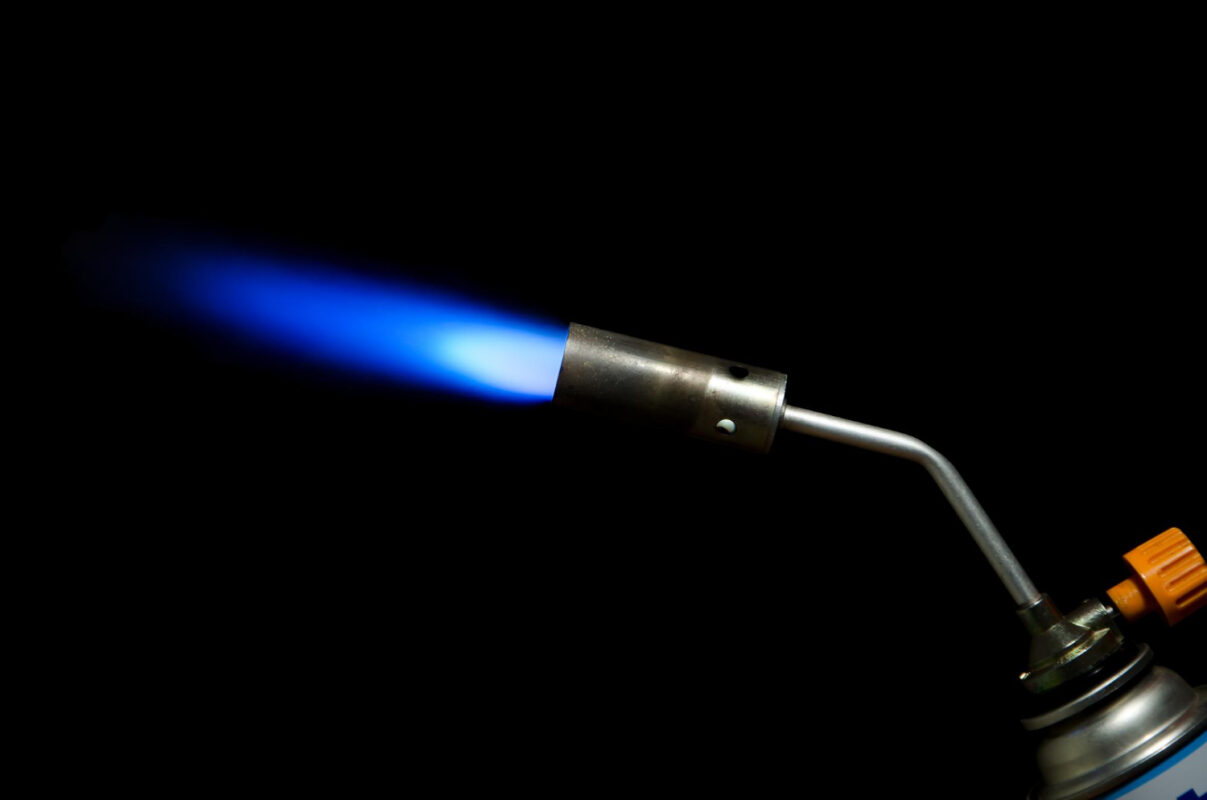Eco-Friendly Tools
Maintaining Gas Tools: Simple Steps for Beginners
Welcome to our latest guide on maintaining gas tools effectively, especially tailored for beginners. At Bernzomatic, we understand that starting out with gas-powered equipment can seem daunting. That’s why we’ve compiled easy yet essential practices to help you keep your tools in prime condition, ensuring they continue to perform well and last longer. Gas-powered tools are invaluable for a variety of tasks, but their efficiency and longevity hinge greatly on proper maintenance.
Firstly, it’s crucial to familiarise yourself with the different types of gas tools you might be using. Whether it’s a torch, a blower, or a chainsaw, each has its own set of characteristics and maintenance needs. Knowing what makes up your tool and how it functions can dramatically simplify the maintenance process. Following this, routine cleaning is not just about keeping your tool looking good; it prevents build-up that can impair function and pose safety risks.
Identifying Your Gas Tool: Types and Basic Components
When we consider incorporating gas-powered tools into our workspace, understanding the various types and their components is crucial. Gas tools vary widely, ranging from chainsaws and leaf blowers to more niche items like gas-powered drills or cutters. Each tool is designed to fulfill specific requirements and operates with a distinct mechanism fuelled by gas, typically propane or butane. The fundamental components common to most gas tools include a fuel tank, a motor that runs on the gas, and operational controls that allow for adjustments based on the task at hand.
Moreover, each tool comes equipped with safety features designed to protect us while in use. These might include automatic shut-off systems, spark arrestors, or stability features that prevent tipping during operation. Familiarising ourselves with these elements not only aids in selecting the right tool for the job but also ensures we handle them correctly, maintaining both efficiency and safety.
Routine Cleaning Steps for Gas-Powered Tools
Maintaining the cleanliness of gas-powered tools is essential for their performance and longevity. Regular cleaning prevents the build-up of dirt and debris that can clog the tool’s mechanisms, leading to inefficiency or damage. The first step in the cleaning process involves ensuring the tool is switched off and cooled down. Removing any fuel from the tank minimises the risk of accidents while cleaning.
For external cleaning, use a soft brush or cloth to wipe away any loose dirt. More intricate components like the air filter or carburettor may require gentle brushing or blowing with compressed air to clear out blockages. For certain tools, applying a suitable cleaning solution can help dissolve stubborn grease or grime build-up, but it’s vital to ensure that any cleaners used are suitable for the specific tool and its materials. Regularly cleaning our gas tools not only keeps them in optimal working condition but also supports safe usage every time we operate them.
Identifying Your Gas Tool: Types and Basic Components
In our range, each gas-powered tool is designed with specific uses in mind, ensuring that no matter the task at hand, there’s a tool that fits the bill perfectly. It’s essential to understand the types of tools available and their basic components. For instance, gas-powered chainsaws are perfect for cutting through thick materials, including logs and dense brush, making them ideal for landscaping and tree maintenance. Conversely, gas-powered drills offer the high torque needed for creating holes in tough materials quickly and effortlessly.
Key components common across most gas tools include the motor, which is the heart of the tool, fuel tanks for storing the gas, and various operational controls like switches and throttle mechanisms. Knowing these components not only helps in choosing the right tool but also in maintaining them properly, as familiarity with your tool ensures better handling and longer-lasting performance.
Routine Cleaning Steps for Gas-Powered Tools
Regular cleaning of gas-powered tools is crucial to maintain their efficiency and prolong their lifespan. Start the cleaning process by ensuring the tool is completely switched off and cooled down. Remove any residual gas from the tank to prevent any accidental ignition. Use a soft brush or cloth to wipe away dirt, sawdust, or debris from the tool’s body and its moving parts. Special attention should be given to the air filters and vents, which can clog up and hinder performance.
Depending on the tool, lubrication of the moving parts might also be necessary after cleaning to ensure smooth operation. This routine maintenance does not just prevent build-ups that could impair functionality, but also allows for a thorough check of the tools for any wear and tear that might need more professional attention.
Checking and Replacing Parts: A Beginner’s Guide
Our tools are built to last, but regular checks and part replacements are a key aspect of maintaining optimal functionality. Beginners should focus on checking parts that undergo regular wear and tear, such as blades on a chainsaw or the igniter in a gas torch. If a part shows signs of damage or significant wear, it’s crucial to replace it immediately to maintain safety and efficiency.
Carrying out these checks might seem daunting initially, but by following the manual that comes with each tool, even beginners can quickly learn to identify when a part needs attention. We recommend making these checks a part of your routine tool maintenance schedule, which will not only ensure safety but also extend the lifespan of the tools.
Storing Gas Tools: Tips to Ensure Safety and Longevity
When not in use, storing your gas tools properly is pivotal. Ensure that all tools are clean and dry, and store them in a cool, dry place away out of direct sunlight. Gasoline should be emptied from tanks if the tools won’t be used for an extended period, as stale fuel can damage the internal components of the tools.
Ideally, tools should be stored in a locked cabinet or shed to prevent unauthorised access, especially if there are children around. Tools should also be stored horizontally or according to manufacturer’s instructions to prevent any fuel leakage or parts misalignment.
Final Thoughts
As you explore our full range of expertly designed gas tools at Bernzomatic, remember that the right tool not just fits your immediate needs but becomes a part of your long-term crafting arsenal. Whether you’re stepping up your DIY game or outfitting a professional workspace, our tools are designed to provide reliability, safety, and high performance. Visit us today to find the perfect match for your projects.


